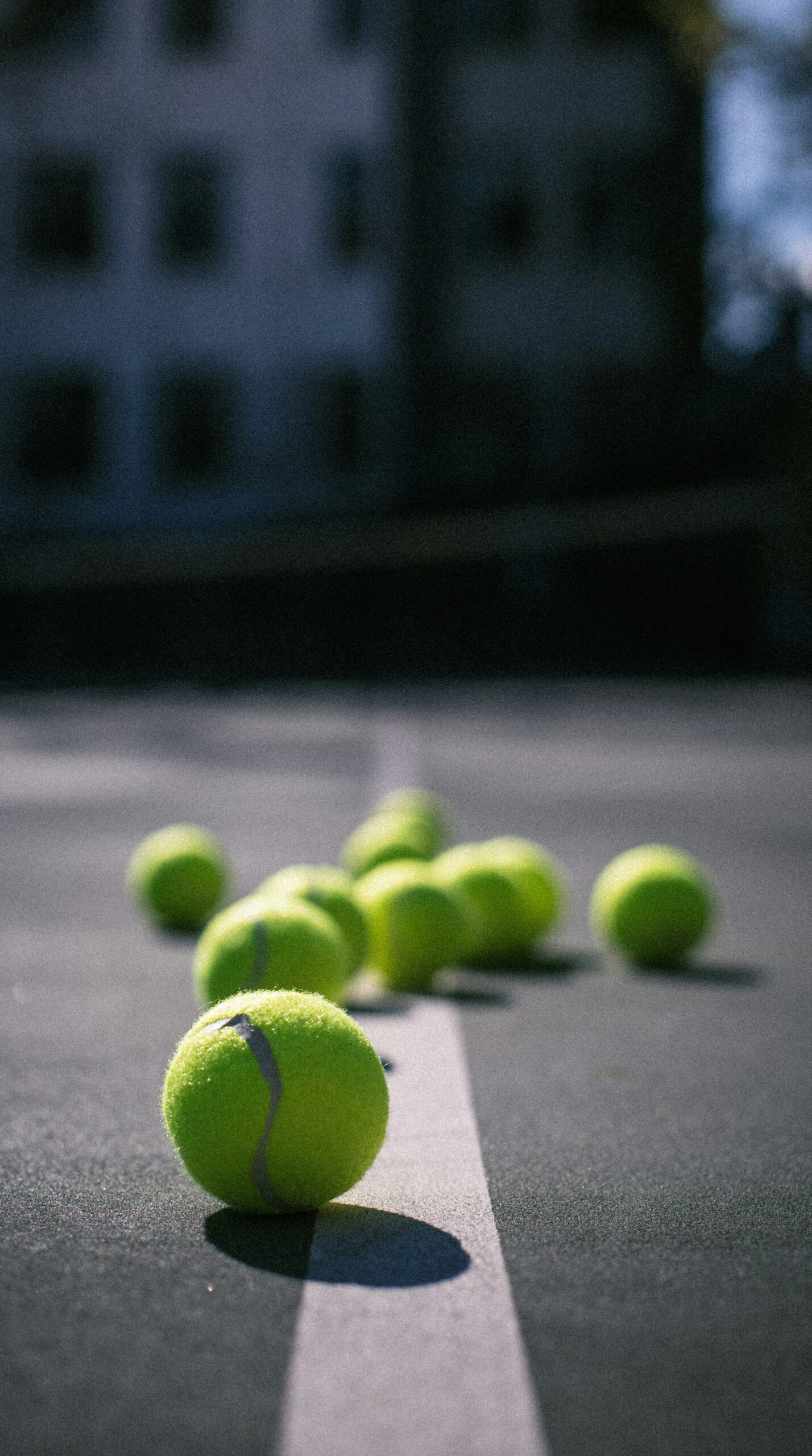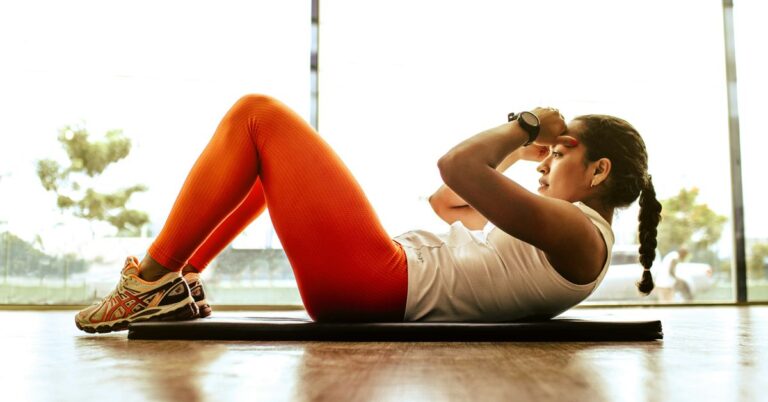Breaking Down Barriers: The Role of Sports in Promoting Inclusivity
You know, the other day I was watching a local soccer match—and not just any match, mind you, but one where a group of kids from different backgrounds came together to play. It was the kind of game that makes you believe in the power of community. The laughter, the cheers, the occasional friendly shove… it all reminded me of how sports can be this incredible glue that binds us together, regardless of our differences.
Honestly, I think we often underestimate the role that sports play in fostering inclusivity. It’s not just about the game itself, but about the connections we make, the lessons we learn, and the barriers we break down along the way. So, let’s dive into how sports can be a beacon of hope and a platform for inclusivity.
The Common Language of Sports
First off, let’s talk about how sports can serve as a universal language. Picture this: you’re in a foreign country, and you don’t speak the language. But guess what? You can still kick a soccer ball around or shoot some hoops. I remember once being in a park in Berlin, just tossing a frisbee with some locals. Words weren’t necessary—just the joy of the game brought us together. Sports have this magical ability to transcend cultural barriers. They allow us to connect with others without the need for a translator.
This is especially significant for youth. Think about it. Kids from diverse backgrounds find common ground on the field or court. Whether it’s basketball, soccer, or even ultimate frisbee (yes, I’m a fan!), they learn teamwork, respect, and how to work towards a shared goal. Not to mention, these experiences can often be the first time they interact with someone from a different culture or community. And if that’s not a step towards inclusivity, I don’t know what is.
Breaking Down Stereotypes
While we’re on the topic, let’s chat about stereotypes. Sports have this fantastic way of breaking them down. Take women’s sports, for example. Historically, female athletes have been sidelined, but the tides are turning. Just look at the explosion of interest in women’s soccer, basketball, and even combat sports. The more visibility these athletes get, the more we challenge the stereotypes that say women aren’t as strong or capable.
And it’s not just about gender. Sports can also tackle issues of race, disability, and more. I’ve seen amazing programs that integrate athletes with disabilities into mainstream teams, allowing everyone to shine. These initiatives not only build confidence but also foster understanding among teammates. It’s about showcasing talent, irrespective of background. And let’s be honest, nothing challenges a stereotype quite like seeing a person defy it on the field.
Inclusion in Professional Sports
Let’s shift gears for a moment and look at the professional sports world. Major leagues, from the NFL to the NBA, are starting to embrace inclusivity in ways we haven’t seen before. The rise of initiatives like “Pride Nights” or campaigns against racism is a testament to this shift. It’s about creating an environment where everyone feels welcome, regardless of their sexual orientation or racial background.
Take the NBA’s “Basketball Is for Everyone” campaign. It’s not just a catchy slogan; it’s a commitment to ensuring that basketball is a sport that everyone can enjoy. Players like Jason Collins, who came out as gay while still playing in the league, have paved the way for more athletes to live authentically. Honestly, it’s a beautiful thing to witness; it’s like seeing a ship sail through stormy seas into calm waters.
Community Programs and Grassroots Efforts
Now, let’s not forget grassroots efforts. Community sports programs often serve as the backbone of inclusivity. Local leagues, youth teams, and recreational programs bring people together in ways that professional sports sometimes can’t. These programs often prioritize inclusion over competition, providing a space for children and adults alike to engage with one another in a supportive environment.
For example, I recently learned about a program in my town that focuses on integrating refugee children into local sports teams. It’s heartwarming to see these kids who might otherwise feel isolated, find camaraderie and friendship through sports. They learn the rules of the game but, more importantly, they learn about each other’s cultures, backgrounds, and stories. And isn’t that what life is all about? Creating connections?
Sports as a Tool for Social Change
Sports can also be a powerful tool for social change. Athletes often use their platforms to advocate for important issues. Remember when Colin Kaepernick took a knee during the national anthem? It was a bold move that sparked conversations across the globe about racial injustice and police brutality. While it drew criticism, it also opened up a much-needed dialogue about these issues and how they affect society.
Many athletes today are following in those footsteps, using their influence to advocate for everything from environmental issues to mental health awareness. This isn’t just about sports anymore; it’s about making a statement and pushing for change. It’s inspiring to see athletes step up, reminding us that they are not just players—they are role models and agents of change.
Creating Safe Spaces
One of the most important aspects of inclusivity in sports is the creation of safe spaces. Everyone deserves to feel safe and respected, especially in environments where they’re meant to thrive. Coaches and team leaders play a crucial role in fostering this sense of safety. I’ve seen some amazing coaches who prioritize mental health and emotional well-being, creating an environment where every athlete feels valued. These coaches are like the unsung heroes of the sports world.
When athletes feel safe to express themselves—whether it’s about their identities, struggles, or dreams—magic happens. They can focus on their game, push their limits, and ultimately grow as individuals. I remember a time when I was part of a team that had an open dialogue about mental health. It was refreshing, and honestly, it made us all stronger. We learned to support one another on and off the field, and that’s the kind of inclusivity we should strive for everywhere.
The Power of Role Models
Speaking of role models, let’s take a moment to appreciate how powerful they can be in the realm of sports. Young athletes look up to professional players, and when those players engage in inclusive practices, it sends a strong message. Whether it’s through actions, words, or even community service, role models have the opportunity to shape the next generation’s perspectives on inclusivity.
Think about athletes like Serena Williams or LeBron James—both have used their platforms to advocate for diversity and equality. They’re not just champions on the court; they’re champions for social justice. Young kids see this and think, “If they can do it, so can I.” That’s the kind of inspiration that makes a difference, and it fosters a culture where inclusivity is the norm rather than the exception.
The Future of Inclusivity in Sports
As we look toward the future, the possibilities are endless. With the rise of technology and social media, athletes can connect with fans in unprecedented ways. This connectivity can further amplify messages of inclusivity. Imagine a world where every athlete, regardless of their background, feels empowered to share their story and inspire others. It’s a beautiful thought, isn’t it?
But let’s not kid ourselves; there’s still work to be done. We need to keep pushing for policies that promote inclusivity, whether it’s in schools, community leagues, or professional organizations. We can’t afford to become complacent. Change takes time, but every small step counts.
Conclusion: The Game Never Ends
At the end of the day, sports are about more than just winning or losing. They’re about building bridges, fostering understanding, and breaking down barriers. Whether you’re a player, a coach, or a spectator, remember that every game is an opportunity to promote inclusivity. So, the next time you’re at a match or playing a pick-up game, take a moment to appreciate the connections being formed. You never know how a simple game can change a life (or even many lives).
So, let’s lace up our sneakers, grab our gear, and get out there. The world of sports is waiting—let’s make it a place where everyone belongs.









